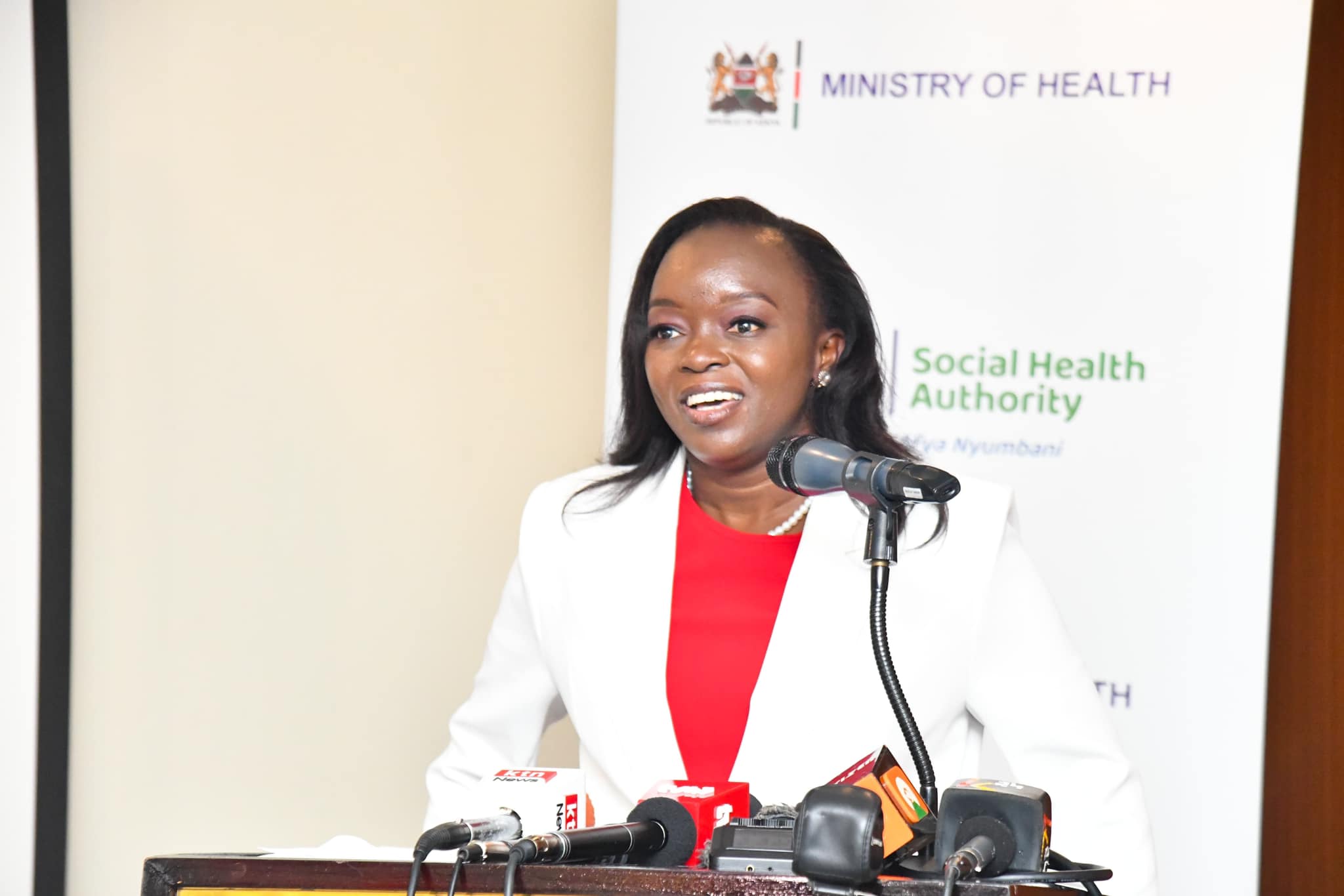The government is working with the Kenya Medical Practitioners and Dentists Council (KMPDC) and the Kenya Health Professions Oversight Authority (KHPOA) to map out health facilities to ensure that they are manned by professionals and offering quality health services to Kenyans.
Health Cabinet Secretary (CS) Dr Deborah Barasa said that they have employed a comprehensive multidisciplinary approach in assessing all health facilities across the country to look at their capacity and ability to offer quality services in efforts to ensure that Kenyans access quality healthcare under the new Social Health Authority (SHA).
“This is an initiative to ensure that we map out all our health facilities across the country and identify where specific interventions are needed and offer the necessary support,” said the CS.
Speaking in Nairobi on Tuesday during a media roundtable meeting, Dr Barasa said that the last mile areas mostly in the far flung and marginalised regions are often neglected and the mapping is aimed at ensuring that they fulfil the government mandate of leaving no one behind.
“We have come up with interventions to ensure that drugs are supplied to the last mile that is the primary health care facilities and by December we will have medication at these centers and patients will be able to access affordable and quality medicines,” said Dr Barasa.
The CS said that the flagging off for the medicines distribution will happen very soon as she assured that they are working to ensure that the primary health care at the Level 2 and 3 hospitals are fully functional since these are the first contact with the health system.
“We are working at capacity building the Primary Health Care (PHC) centers to ensure that they have the right medication and capacity to support the primary health care provision,” said the CS.
The CS said that the media plays a critical role in ensuring the success of SHA by creating awareness and informing people of the need for registering.
“So far we have had over 13 million people register for SHA and we are urging the media to continue enlightening Kenyans on its benefit and showing success stories of people who have benefitted from SHA so that more can register and start benefiting,” said Dr. Barasa.
Dr Barasa added that they have been meeting with support groups representing kidney patients undergoing dialysis and cancer patients undergoing chemotherapy and radio therapy to understand their experience and look for ways to work together and ensure the success of SHA.
SHA Head of Benefits Design Dr Samson Kuhora said that they are employing the Proxy Means Testing (PMT) a model which uses the social economic factors within a household to estimate how much they are earning and then calculate the SHA premium of 2.75 percent of the household income for the informal or unemployed people.
Dr Kuhora said that the PMT is used to establish income levels for households and it is meant to bring about equity adding that there is a platform that allows a household to appeal if they feel there are issues with the calculations on their required payments.
“This means testing tool drives the key concept of SHA which is the ability to pay where a household which is able to generate more income contributes more into the pool,” explained Dr Kuhora.
He highlighted that they have been doing daily monitoring of the data that is available and so far, the estimated average household premium per month is Sh543 which translates to Sh6,516 per year,” he said.
Dr Kuhora said that they are aware that there are Kenyans who might not be able to afford this as a lump sum and that is why there are stop gap initiatives which include monthly contributions for households which are meant to assist families which cannot pay yearly.
“We are aware that some Kenyans have seasonal incomes like farmers and we have been engaging the co-operatives as aggregators so that they can pay for their members and then they recover the money over time from sales of produce,” said Dr Kuhora.





